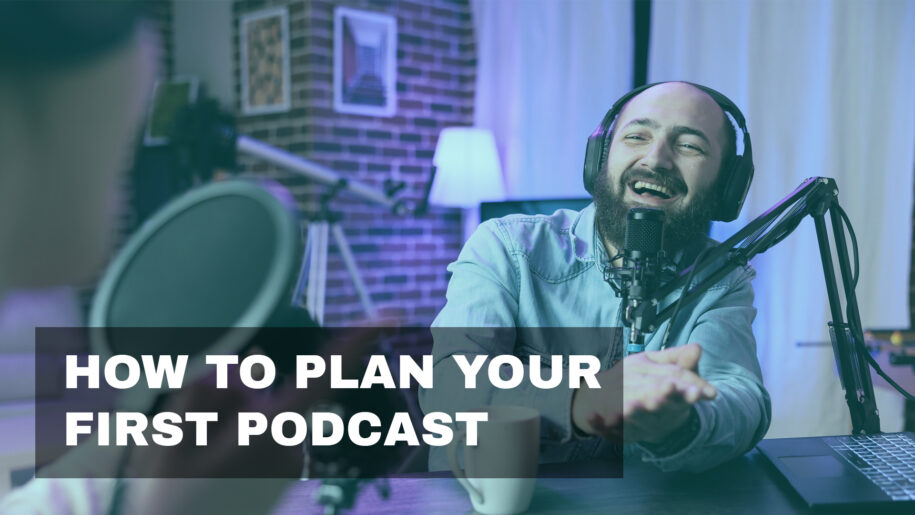Starting a podcast can be an exciting venture, whether you’re looking to share your expertise, connect with like-minded people, or simply entertain an audience. If you’re new to podcasting, the process might seem daunting, but with careful planning and some creativity, you can launch a podcast that captivates your listeners. Here’s a step-by-step guide to help you plan your first podcast.
Step 1: Define Your Podcast’s Purpose and Audience
Before you dive into the technical aspects of podcasting, it’s crucial to define the purpose of your podcast. What are you passionate about? Who do you want to reach? Whether it’s storytelling, technology, education, or comedy, understanding your core topic and target audience will guide all your future decisions.
Step 2: Choose a Compelling Format
Podcasts come in various formats, from solo and co-hosted shows to interviews and panel discussions. Consider what format best suits your topic and personality. Solo shows can be great for deep dives into niche subjects, while interviews and panels can provide different perspectives and keep the content dynamic.
Step 3: Plan Your Content
Content is king in podcasting. Start by brainstorming topics that would interest your audience. Plan your first few episodes, and think about how you can provide value, whether it’s through informative content, entertainment, or inspiring stories. It’s also helpful to create a content calendar to keep your podcast consistent.
Step 4: Get the Right Equipment
You don’t need a professional studio to start podcasting, but good quality audio is essential. Invest in a decent microphone, headphones, and audio editing software. There are plenty of affordable options that can significantly enhance your sound quality. Make sure your recording environment is quiet to minimize background noise.
Step 5: Record and Edit Your Podcast
Recording your first episode might feel intimidating, but with practice, it becomes easier. Use your editing software to clean up the audio, remove unwanted sections, and add music or sound effects if they enhance your podcast. Remember, editing is your chance to polish your content and make it engaging.
Step 6: Choose a Podcast Hosting Platform
To reach your audience, you’ll need to upload your podcast to a hosting platform. Platforms like Libsyn, Podbean, or Anchor can host your audio files and distribute them to major podcast directories like Apple Podcasts, Spotify, and Google Podcasts.
Step 7: Launch and Promote Your Podcast
Create a launch plan for your podcast. You might release several episodes initially to give your audience a taste of what’s to come. Promote your podcast on social media, through email newsletters, and by engaging with other podcasters. Consider leveraging SEO strategies by using relevant keywords in your podcast title and description.
Step 8: Gather Feedback and Iterate
After launching, listen to feedback from your audience. What do they like? What could be improved? Use this feedback to refine your approach and improve your podcast over time. The most successful podcasts evolve based on listener input and ongoing trends.
Planning your first podcast involves a mix of creativity, technical skills, and strategic marketing. By following these steps, you can create a podcast that resonates with listeners and grows over time. Remember, the most important part is to start—your podcast will improve as you learn and evolve. So, grab your microphone, and let your voice be heard!


